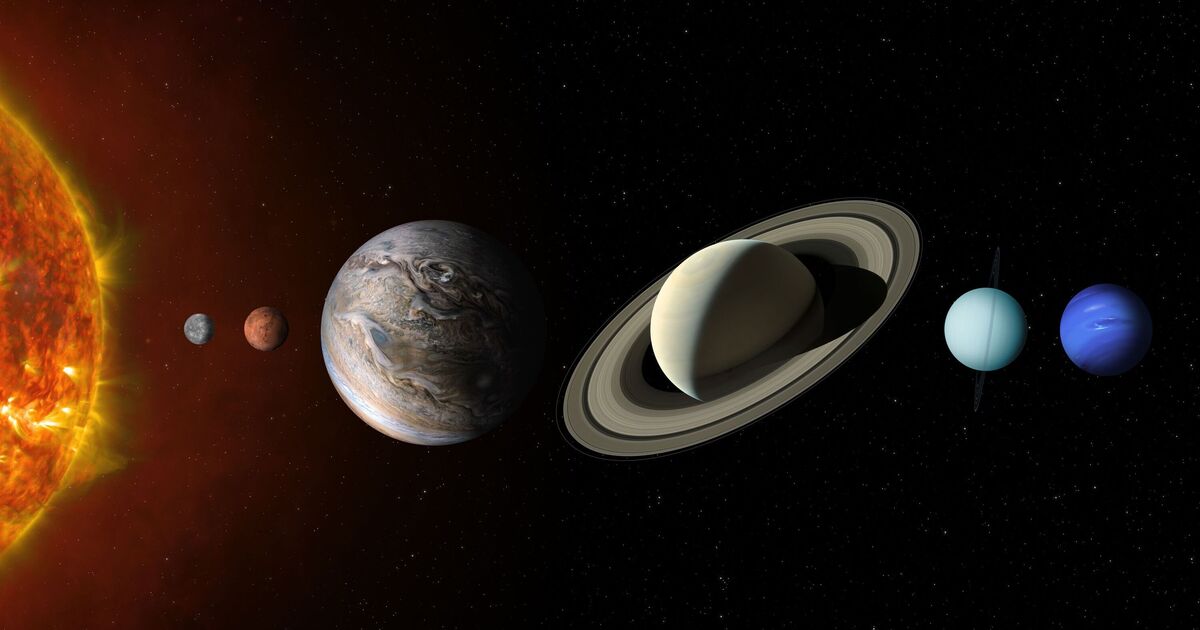This month promises to be a treat for astronomy enthusiasts as a rare alignment of the planets will be visible in the night sky.
Most people worldwide will be able to witness this event, also called a planetary parade, on February 28. The spectacle will occur when Mercury joins six other planets already in alignment.
While alignments of four or five planets are not uncommon, seeing all seven is rare, with the next event predicted for 2040.
Lauren Clayman, chief safety and mission assurance officer for the Radioisotope Power Systems Program, told NASA that the optimal viewing begins at sunset.
She said: “The visibility will be better the darker it is. Look towards the moon and try to go somewhere where there is less light pollution, away from cities.”
She added that while most of the planets can be seen with the naked eye, Uranus and Neptune will require a telescope for viewing.
The next alignment of five or more planets will occur in October 2028, followed by another in February 2034.
Dr Christopher Barnes, a senior lecturer at the University of Derby, told The Independent: “Mars will appear in the east, Jupiter and Uranus in the southeast, and Venus, Neptune, and Saturn in the west.
“Even people in cities and light-polluted areas will be able to see most of the planets, but for the best views, it’s advisable to find a darker location.”
Planetary alignments occur as the planets in our solar system orbit the sun on a similar plane. Due to their varying speeds and distances from the sun, it can appear from Earth that they are aligned.
Dr Shyam Balaji, an astroparticle physics and cosmology researcher at King’s College London, explained: “There are moments when they appear to line up from Earth’s perspective.
“This alignment is a visual phenomenon rather than a physical one, as the planets remain separated by millions or even billions of kilometres in space. There is no significant effect on Earth from planetary alignments regarding tides or weather.”
For those keen to witness the event, he suggests using binoculars or a small telescope, choosing a spot away from urban illumination, and looking online for the latest details.

